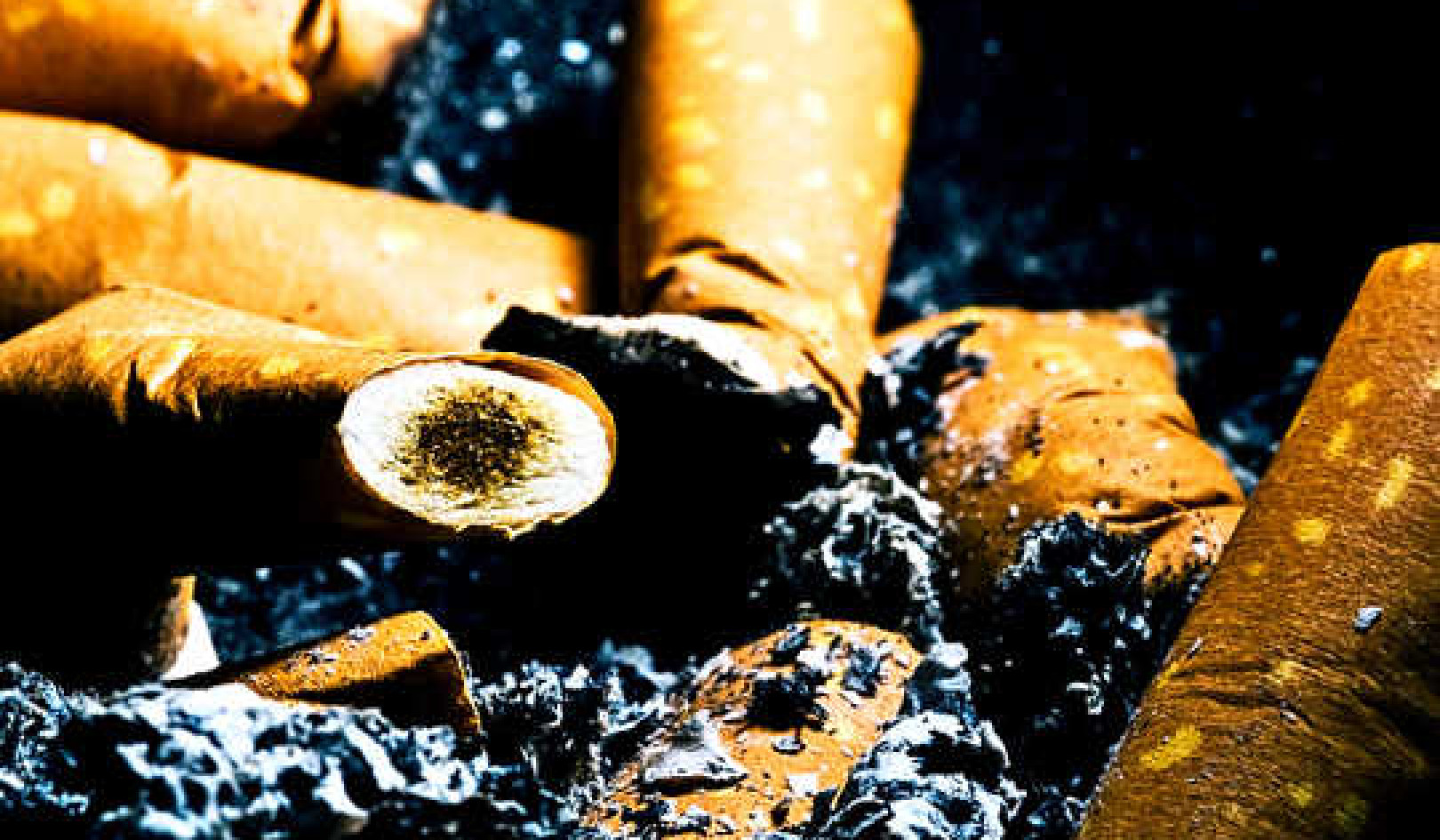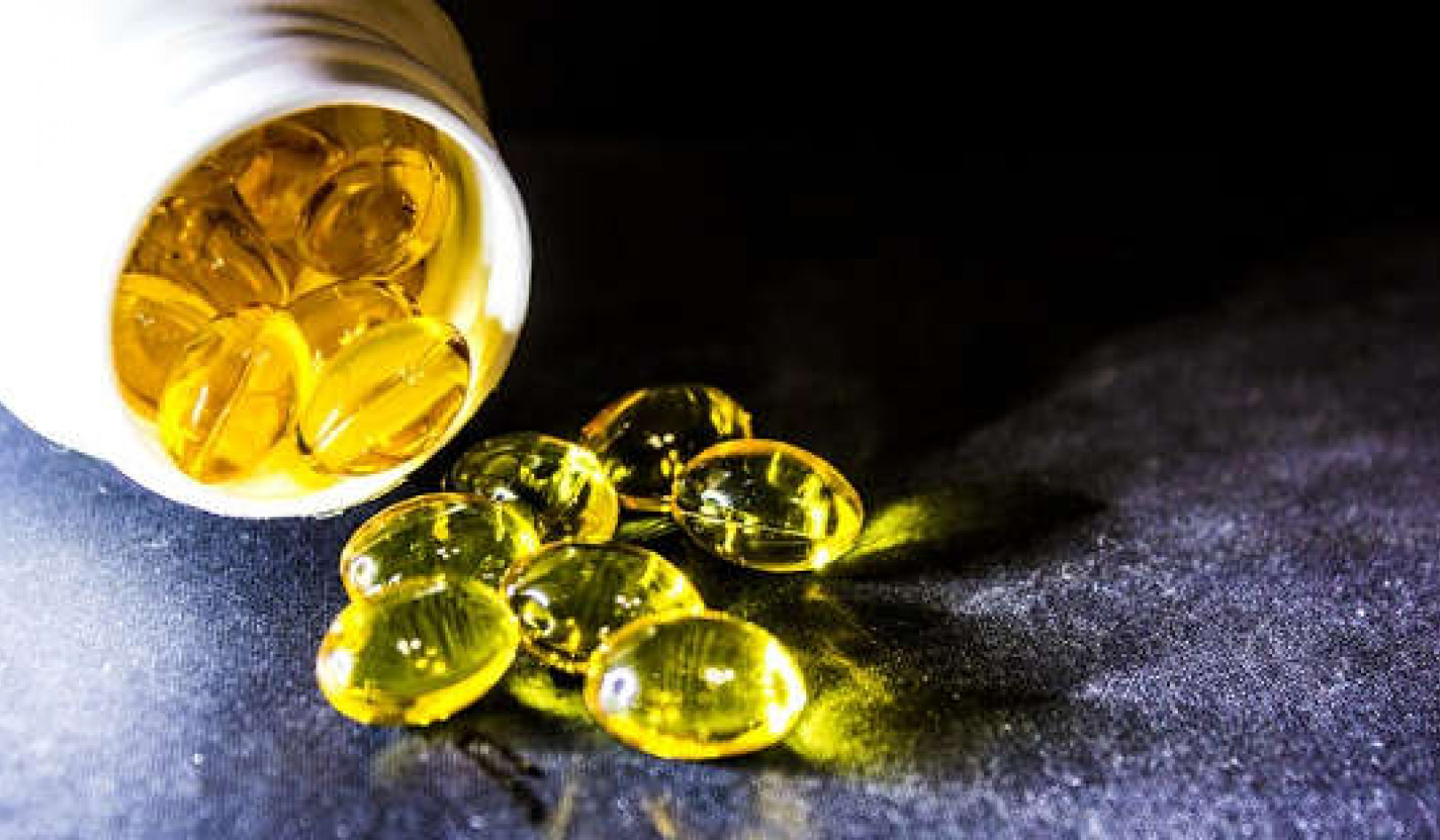Over 200 commercial hot springs and mineral springs can be found in the United States and Canada, along with thousands of smaller noncommercial springs. Interest in mineral springs developed soon alter European colonists arrived in North America and learned about the many springs held sacred by the Native Americans in what are now Virginia, Pennsylvania, and New York.
In addition to possessing a keen interest in trees and other plants, George Washington was fascinated by mineral springs. He first visited Berkeley Springs, West Virginia, in 1761, when he was 16 years old; Later he returned to the healing springs when he was suffering from rheumatic fever at the age of 29. Berkeley Springs became a popular destination for others with this disorder. Washington first visited Saratoga Springs in 178 3 and became so enamored with the waters and the land that he tried to purchase High Rock Springs from its owners.
Thomas Jefferson also was fascinated with hot springs and even designed the men's pool at Hot Springs, Virginia, in 1761. He devoted ten paragraphs to spas in his Notes on the State of Virginia, written in 1781 and 1782. He was a frequent guest at White Sulphur Springs, West Virginia (at that time, part of Virginia), and recommended that the Commonwealth of Virginia purchase the spring for public use.
Other early Americans who bathed in White Sulphur Springs included Daniel Webster, Davy Crockett, Francis Scott Key, John C. Calhoun, Henry Clay, and Presidents Martin Van Buren, John Tyler, Franklin Pierce, Millard Fillmore, and James Buchanan.
Many of the commercial springs enjoyed their heyday during the middle and latter parts of the nineteenth century, when thousands of city dwellers boarded steam trains and stage coaches and converged on spa towns every summer for several weeks of healing, entertainment, and relaxation. Many of the larger mineral springs resorts were modeled after the famous European spas, and they attracted their own variety of royalty, including presidents, writers, musicians, and artists. Some provided lavish entertainment, including theater, concerts, and costume parties; others offered more natural pleasures such as fishing, hunting, and boating.
Innovation was a major attraction at many spas. In addition to the latest healing modalities (the grape cure, first developed in Germany, was especially popular at the spas of Calistoga), new and novel forms of recreation were developed. The first golf course in the United States, for example, was built at White Sulphur Springs, West Virginia, in 1884.
Perhaps the most famous spa destination was Saratoga Springs in New York. In addition to political leaders such as the Marquis de Lafayette, Millard Fillmore, and James Buchanan, it attracted literary figures such as Robert Louis Stevenson, Edgar Allen Poe, and James Fenimore Cooper, who presumably found time to write while enjoying the myriad social and recreational activities offered at Saratoga Springs.
Several early North American hot springs were purchased by the federal government, the most famous being Hot Springs, Arkansas. As early as 1832, Congress set aside four sections of land there as a federal reservation. By 1878, over 3,500 people resided in the city of Hot Springs, which was attracting more than 50,000 visitors a year. Most of them had to endure a 12- to 14-hour trip by stagecoach from Little Rock, approximately 52 miles away. Featuring over a dozen bathhouses, each claiming to cure a specific disease, the springs were both inspected and regulated by the federal government. Though the springs attracted a wealthy clientele, bathing facilities were provided at no charge for the indigent; in 1911, over 220,000 persons bathed in the Free Bath House alone.
Some of the waters gained notoriety for healing venereal diseases, such as syphilis and gonorrhea. In 1918, the Division of Venereal Disease of the U.S. Public Health Service established a clinic and bathhouse hospital at Hot Springs, and treated people with mineral water, mercury, and the arsenical compound arsphenamine. With the development of penicillin in the early 1940s, the use of the waters at Hot Springs for treating venereal disease was abandoned.
In 1896, the federal government signed a treaty with representatives of the Shoshone and Arapaho peoples in what is now Wyoming, allowing the Big Horn Spring at Thermopolis to be used by the general public. Rich in bicarbonate, sulfate, chloride, and sodium, this spring is now part of Hot Springs State Park, believed to be one of the largest hot spring complexes in the world. In times past, its waters attracted the likes of Buffalo Bill Cody, Butch Cassidy, and members of the notorious Hole in the Wall Gang.
In addition to these large springs, literally hundreds of smaller spas opened in many parts of North America, including Virginia, West Virginia, Tennessee, North and South Carolina, Pennsylvania, and New England. As the Gold Rush and other economic opportunities attracted settlers to the West, additional hot springs in Colorado, Idaho, Oregon, New Mexico, and California were developed in the United States. Several Canadian springs were discovered and developed in Alberta and British Columbia, the most famous being the mineral springs in Banff, Alberta. With improved transportation after the conclusion of the Civil War, visits to spas increased tremendously, and even those in remote areas became accessible to city dwellers.
Physicians first began investigating the medicinal properties of North American mineral springs toward the end of the eighteenth century. The surgeon Samuel Tenney is believed to have been the first scientist to write about Saratoga Springs in 1783, and Samuel Latham Mitchell, destined to become one of the country's foremost early chemists, analyzed the Saratoga water in 1787, establishing its medicinal value scientifically. At the same time, Dr. Benjamin Rush, considered one of the most outstanding physicians of his time, dedicated a long paper to mineral springs in Pennsylvania, which created strong interest in the medicinal value of spring waters among fellow physicians.
During the nineteenth century, chemists, physicians, and other researchers analyzed and classified the waters of hundreds of North American mineral and thermal springs. On Baths and Mineral Waters, written by the Philadelphia physician John Bell, stimulated scientific interest in mineral springs. During this time, numerous types of bathing were either developed or introduced from Europe: cold, warm, and hot showers; douches; sitz and vapor baths. By this time, doctors understood the therapeutic value of a natural environment, and adjunct therapies were often part of the bathing experience, including diet, relaxation, and exercise.
In addition to boasting a variety of mineral springs with "medicinal virtues applicable to every ill that flesh is heir to" along with an experienced physician in residence, the Hand-Book of Calistoga Springs, published in 1871, highlights a variety of other natural attractions, including "a spacious ornamental aviary, built on the lawn in front of the hotel, where will be gathered every species of the native wild birds of California . . . a large, well-appointed skating-rink, a natural steam-cooking spring, hunting grounds, an endless growth of roses and all garden flowers, and avenue drives of some seven miles on the premises."
Aside from the mineral and thermal springs themselves, interest in hydrotherapy increased tremendously in the United States during the nineteenth century, and by 1850, several hundred "water-cure" establishments had been set up throughout the eastern United States, including Lebanon Springs, New York; Brattleboro, Vermont; Lynn, Massachusetts; and Waterford, Maine. One of the largest overlooked Union Square in New York City. Under the direction of two hydrotherapists, one of whom had trained in Berlin, it contained 60 rooms and included a large plunge pool, a 25-foot-high cascading shower, two small plunge baths, and four small douches.
Hydrotherapy also attracted the interest of many physicians of the day, and facilities offering hydrotherapy were set up in numerous private, state, and federal hospitals to treat a wide range of diseases, including mental diseases and epilepsy. One of the most famous of these physicians was Dr. Simon Baruch, Professor of Balneology at the College of Physicians at Columbia University and an outstanding cardiologist. His Use of Water in Modern Medicine, published in 1893, became a classic. The Simon Baruch Research Institute, established at Saratoga Spa in 1933 and named in his honor, was the first institute for balneological research in the United States.
Hydrotherapy became an established part of the medical mainstream by the 1900s, especially in the treatment of orthopedic problems. Facilities offering hydrotherapy were established at many well-known medical centers, including the Orthopedic Hospital in Los Angeles and Walter Reed Hospital in Washington, D.C. However, the most famous was the facility at Warm Springs, Georgia, which specialized in the treatment of polio. Franklin Delano Roosevelt was a frequent visitor to Warm Springs, where he found the exercise program known as hydrogymnastics highly beneficial."
But by the end of the nineteenth century, many American spas had begun their decline, for various reasons. Fashion changed as vacationers, especially the rich and famous, shifted their interest to the newly established seaside resorts such as Atlantic City, New Jersey, and Newport, Rhode Island. In addition, the growth of scientific medicine-made balneotherapy seem old-fashioned. Modern medications held out the promise for rapid cures of many chronic diseases, which seemed more attractive than several weeks of bathing and other water-related treatments. Because scientific proof of the curative value of spring waters was often scarce, few physicians remained convinced of their therapeutic value. In addition, unscrupulous charlatans made all sorts of unsubstantiated claims for hot springs bathing, and gradually the medical community and the general public lost interest in the curative value of spa therapy.
Nevertheless, Saratoga Springs attracted over 750,000 patients a year during the 1930s and 1940s. The construction of a magnificent new spa (advocated by Franklin Delano Roosevelt, the governor of New York before he was elected president in 1932) was completed in 1935, making Saratoga Spa the most complete government health facility in the country and one of the largest and best-equipped spas in the world, with the ability to treat over 4,500 patients a day. Under the direction of Walter S. McClellan, M.D., Associate Professor of Medicine at Albany Medical College, Saratoga Spa became a major center for balneology in the United States and educated many physicians in the benefits of this natural healing method.
The establishment in 1933 of the Baruch Institute at Saratoga Spa in the United States held great promise. Unfortunately, the research center was dependent on funds from the state government from the time it opened. Although medical research was undertaken over the years, especially in cardiology and rheumatology, the center eventually closed its doors because of inadequate funding. The spa itself also suffered from major cuts in government funding (it has never been able to survive as a for-profit institution), and attendance gradually declined. Today, many of its magnificent buildings stand abandoned, while others are used only partially. The beautiful Washington bathhouse was converted to a school, and a large portion of the Lincoln bathhouse, although still offering mineral baths to visitors, is rented to Saratoga County for courtrooms and offices.
While "taking the waters" remained popular in much of Europe and Japan, by the middle of the twentieth century both the American and the British public had lost interest in the medicinal value of mineral water and thermal springs, and many of the most important American spas closed: Manitou, Colorado; West Baden Springs, Indiana; Poland Spring, Maine; Siloam Springs, Missouri; Sharon Springs and Ballston Spa, New York; Panacea Mineral Springs, North Carolina; Bedford Springs, Pennsylvania; Buffalo Mineral Springs and Wyrick Springs, Virginia; and Capon Springs and Pence Springs, West Virginia. In Great Britain, once fashionable spa resorts such as Bath, Leamington Spa, Harrogate, Buxton, and Epsom lost their luster, and many former bathers either migrated to seaside resorts such as Blackpool and Brighton or "took the waters" in the spas of France, Germany, and Italy.
A major barrier to greater acceptance of the value of medicinal springs in the United States and Britain was the lack of objective scientific proof. The problem of proving scientifically that mineral and thermal waters produce specific healing effects was addressed by the British physician George Kersley, M.D. In an article about British spas in the Journal of the Royal Society of Health, he described a situation similar to the attitudes toward balneology in America:
"In England, however, especially in the 1930s, our super scientific outlook was suggesting that anything unproven did not exist and it was difficult to prove the efficacy of Spa treatment. To prove any specific effect, it would be necessary to treat thousands of patients in either spa or tap water, without their knowledge and would be therefore barely ethical."
It has been said that the popularity of spas in the United States and Canada goes in cycles. After many years of popularity followed by many years of decline, a resurgence of interest in spas is now taking place, as seen by the popularity of spas such as the Greenbrier in West Virginia, the Homestead in Virginia, Calistoga in California, Hot Springs in Arkansas, and others. In addition to the healing waters themselves, modern spas offer services such as massage, aromatherapy, recreation, and extensive programs for beauty care and personal fitness. As more and more people pursue healthy lifestyles and choose natural forms of health care for themselves and their families, the popularity of hot springs and mineral springs for the prevention and treatment of disease will undoubtedly increase.
Nevertheless, North American and British spas have a distinct disadvantage when compared with European and Japanese spas: the absence of medical supervision caused by an almost complete lack of interest in balneotherapy among members of the medical community. While many European spas offer an extensive range of safe, effective, medically supervised therapies that can treat a wide range of health problems, the vast majority of spas in the United States and Canada are used only for relaxation and recreation. And although the mineral waters of many North American spas rank with the best of those in Europe, medical claims cannot be made for them.
This issue was addressed by Dr. Henry Sigerist in a talk presented at the Johns Hopkins University medical history club. Noting that thousands of Americans take health treatments at European spas every year, he outlined several priorities that could bring the use of North American spas in line with European standards:
Insistence on the necessity of research.
Provision of teaching facilities at major medical schools, including the creation of a chair for balneotherapy.
Creation of a literature. Very few scientific books or research papers concerning balneotherapy have been written in the United States. (The vast majority of information presented in this book has been drawn from European and Japanese medical literature.)
Organization of an American Society for the Science of Health Resorts (or whatever it may be called) to develop research in health resort medicine (now a function of the International Society of Medical Hydrology and Climatology).
Organization of an American Association of Health Resorts that can be a central source of information about spas for both physicians and the public.
A broadly conceived social program that would make American health resorts accessible to a larger percentage of the public. (Unlike many countries in Europe, health insurance and social security in the United States do not provide for spa treatments, placing balneotherapy out of the reach of most people.)
In his address, Dr. Sigerist concluded, "America is blessed with all curative forces nature can provide. It is up to us to use them intelligently for the benefit of the people."
Sigerist offered these modest proposals in November 1941. In our own day, at a time of an aging population, along with an increase in degenerative disease and stress-related health problems, the needs he addressed are more important than ever before.-?
 This article is excerpted from:
This article is excerpted from:
Healing Springs: The Ultimate Guide to Taking the Waters
by Nathaniel Altman, ©2000.
Reprinted with permission of the publisher, Healing Arts Press, a division of Inner Traditions Intl. www.innertraditions.com.
About The Author
A lifelong aficionado of hot springs, Nathaniel Altman is a medical writer and researcher who has written more than fifteen books on alternative healing, including Oxygen Healing Therapies: For Optimum Health & Vitality; Sacred Trees: Spirituality, Wisdom & Well-Being; Little Giant Encyclopedia of Meditations & Blessings; The Deva Handbook: How to Work With Nature's Subtle Energies; and A Russian Herbal: Traditional Remedies for Health and Healing.
























